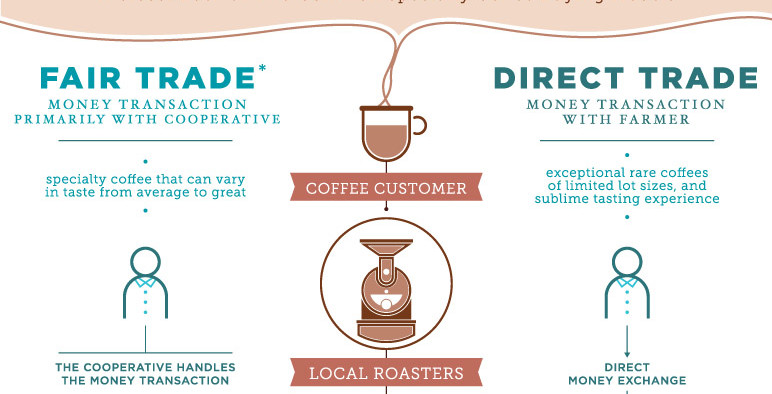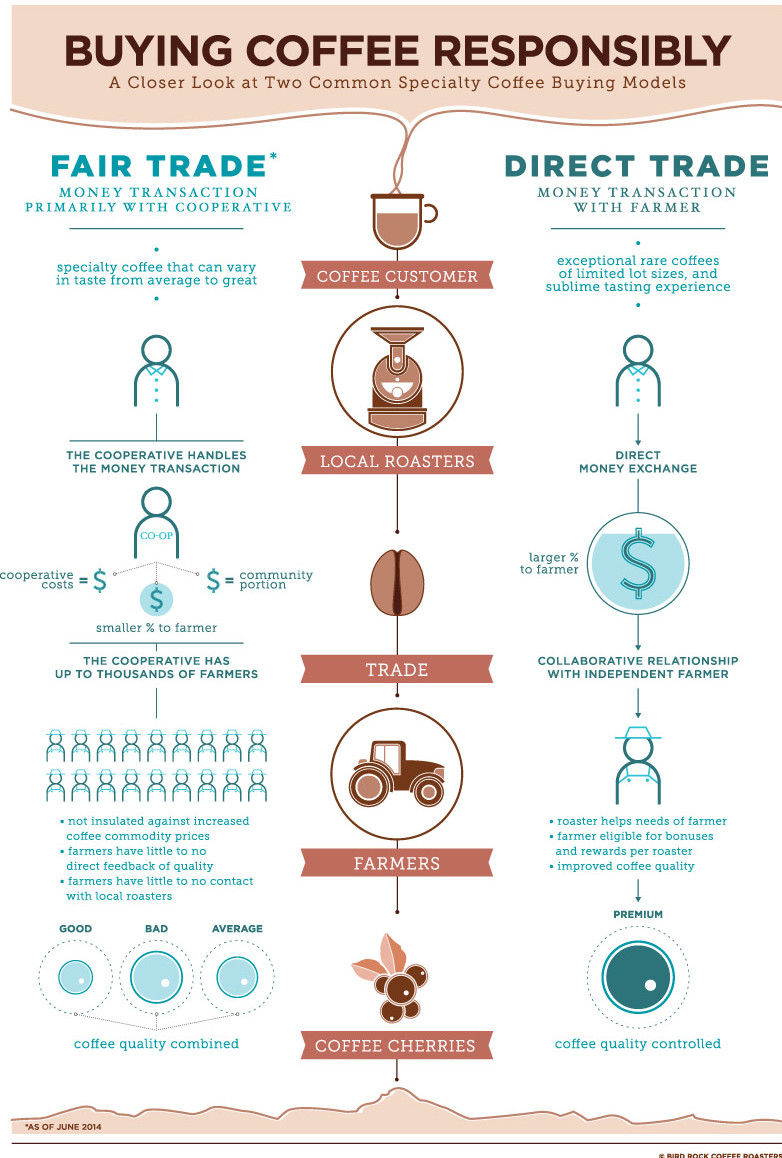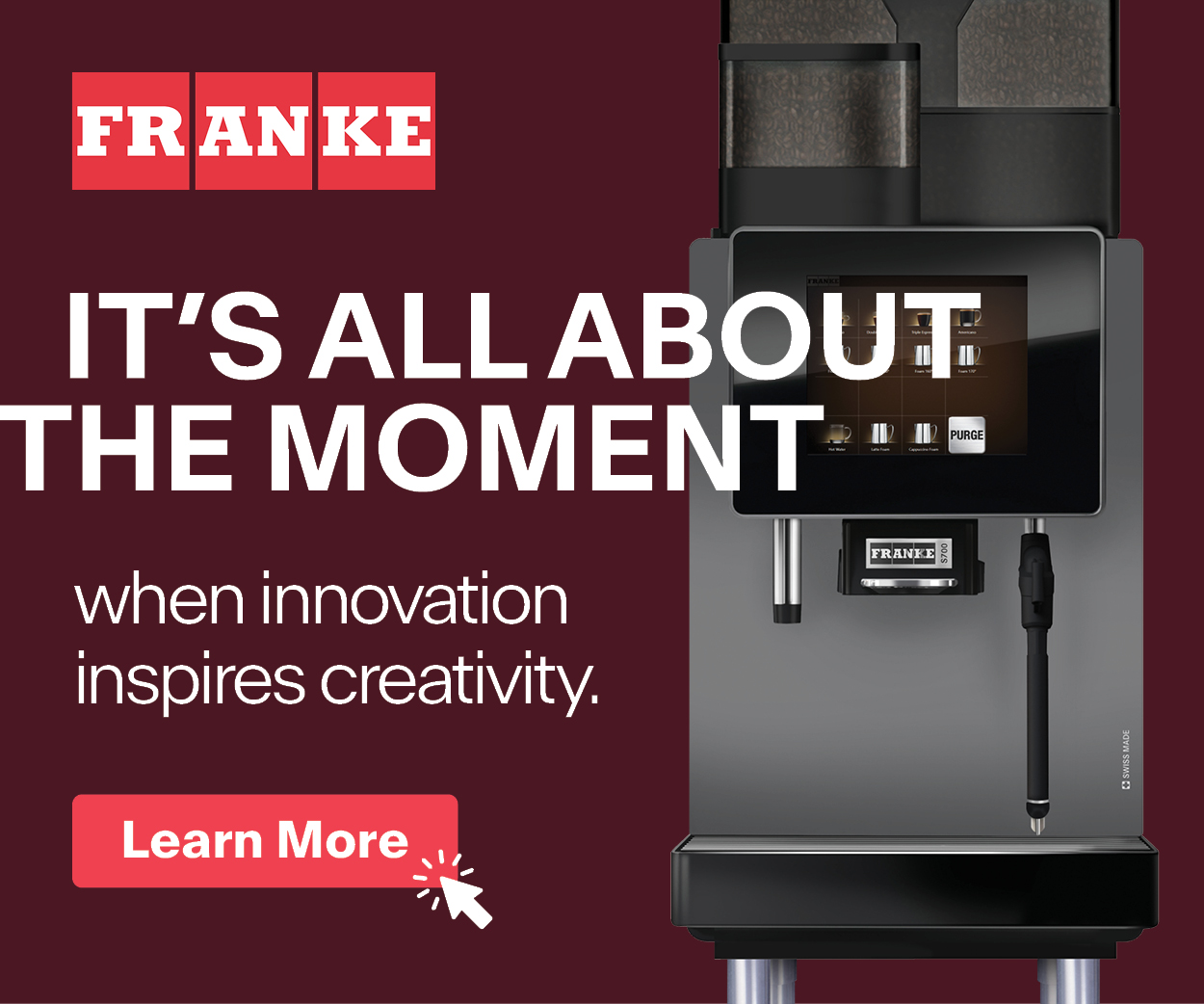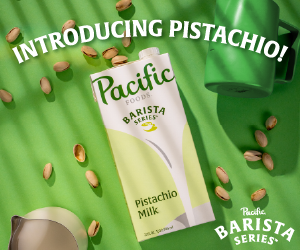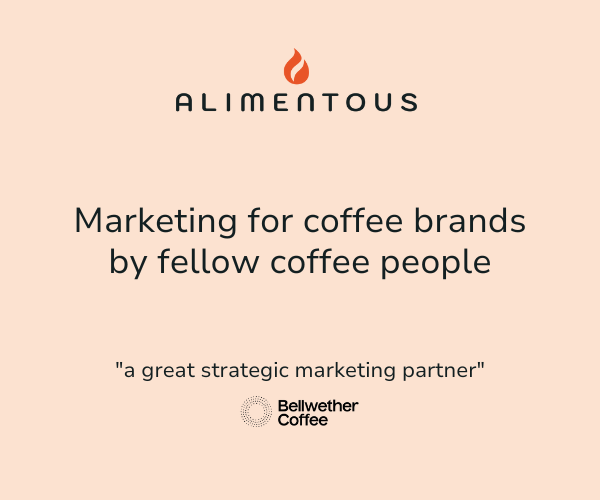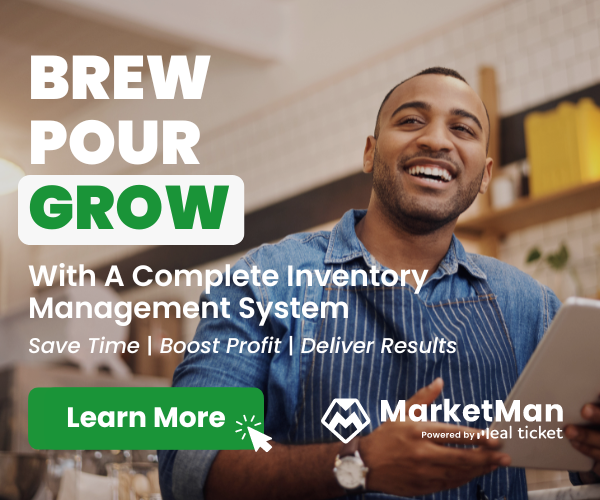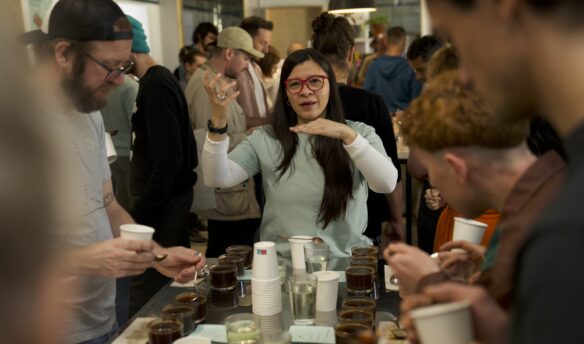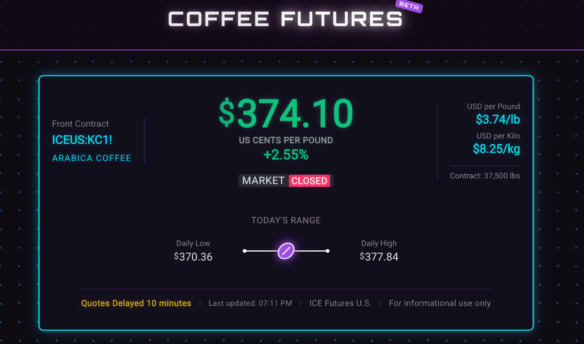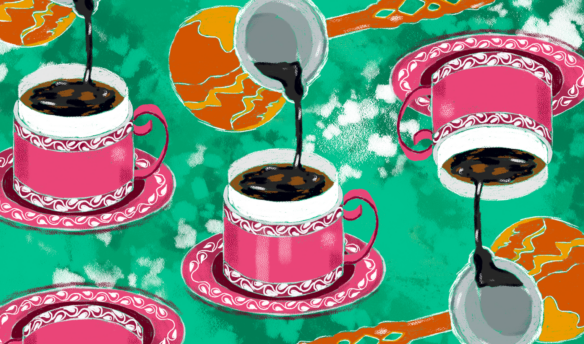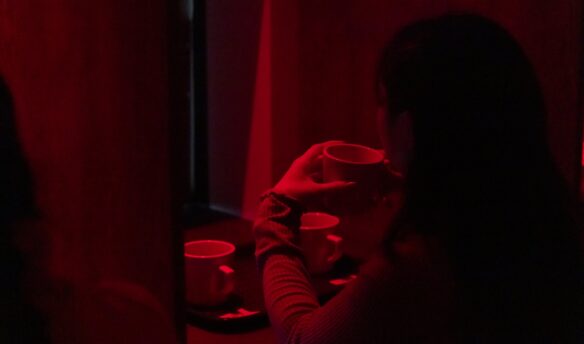[E]ight years ago, Chuck Patton made his first trip to origin and bought his first direct-trade coffee. Well, back then he thought he had. “I probably thought that I was doing direct trade,” says the Bird Rock Coffee owner. “How I define direct trade now is different than what I called direct trade then.” On that trip, he met the farmer he bought from, sure, but the purchase was made through a local exporter. For him, now, that bank shot disqualifies the beans from the label direct trade.
The concept of direct trade is still new and mushy. If Patton, one of coffee’s biggest direct-trade evangelists, has shifted his definition, it’s unsurprising that his customers and even wholesale clients often don’t understand the term. Plenty of other roasters report that same confusion and blame it on the lack of an established definition, let alone oversight organization, certification process, label, website or any of the other trappings of modern ethical-trade concepts. (Not that many are clawing for yet one more.) Most often, Patton says, his customers and clients confuse direct trade with Fair Trade, a designation they recognize even if the details are fuzzy.
To explain the difference, Patton created this infographic, which is displayed around his café:
If any part of it strikes you as biased, well, the graphic is making a case, and Patton will resolutely argue that direct trade, when done right, is better than Fair Trade. If the graphic seems incomplete, Patton isn’t too concerned. “You can’t go into too much detail. The point of an infographic is simplicity.” He goes deep into the weeds regularly with his blog posts recounting trips. To go along with the infographic, Bird Rock made a seventeen-minute video explaining its stance on direct trade.
This by no means settles the question of what, exactly, direct trade is. But Patton has plunked down his white paper on the debate, and it’s worth a look.
So what does Patton call those first coffees he bought at origin? Those are tagged “farm to cup.” We may need more infographics.
—Cory Eldridge is Fresh Cup’s editor. He’d love more infographics.



